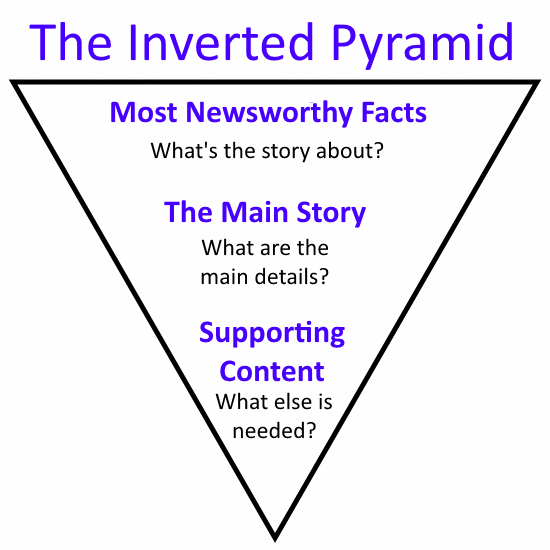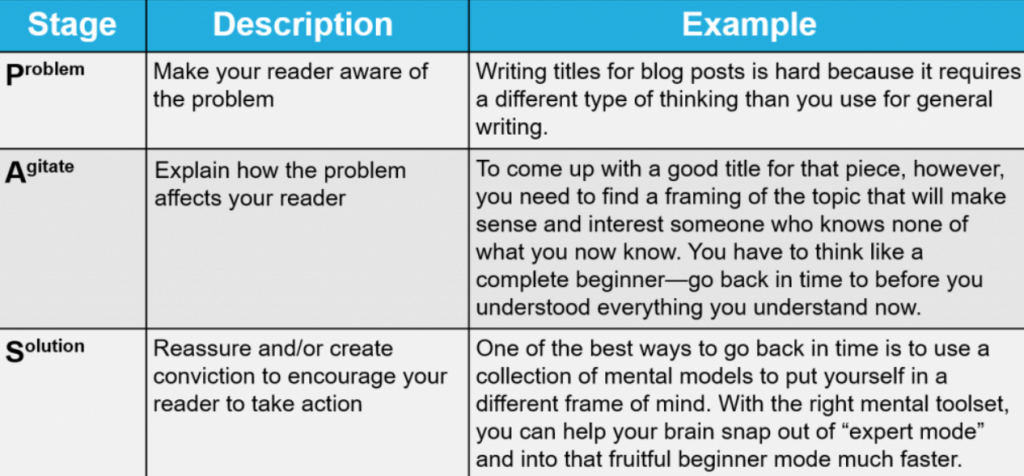Doing SEO copywriting means persuading: both search engines and users.
Bringing large amounts of visitors to the site is the dream of anyone, but if all this traffic is not retained and converted into paying customers, either immediately or over a longer period of time, your efforts are quite useless.
In fact, all your writing, optimization and SEO efforts would be in vain or at the very least, not worth all the effort.
On the other hand, having content that rocks, keeps the reader hooked to the screen and converts like crazy, on a site that however is not well ranked on search engines and does not generate traffic, makes no sense.
In that case, the time and effort invested in filling your blog’s pages with persuasive and catchy words would be totally (or almost) wasted.
How then to have a high-performing site, both in terms of ranking on SERPs and in terms of user conversion?
The link between these two elements, which are fundamental for a successful site, is a “hybrid” and web-specific writing technique, born from the union of two disciplines, and which is called “SEO COPYWRITING”. Yes, SEO + Copywriting.
In this article you will discover how to best use it to increase traffic to your site, qualify it, reduce bounce rate, increase retention, and convince users not to leave before they convert.
Let’s get started.
SEO Copywriting Technique 1: Get straight to the point with the “Inverted Pyramid”

It is a fact that the attention threshold, especially online, is getting lower and lower. Moreover, as mentioned above, Google is geared to provide useful and relevant answers to those who are searching for specific information.
For these reasons, you have to consider that the user who has decided to read your content is investing HIS time and bartering it with you. Consequently, it is a good idea to let them know NOW what they will find. Without mincing and going around it too much.
A “technique” as simple as it is effective to do this is the so-called inverted pyramid formula.
Citing Wikipedia, here is two quick definitions for you:
“This is a typical journalism writing pattern that, by foregrounding the relevant information a user is looking for, aims to persuade him or her that they are in the right place, and their time will be well invested.”
And also,
“The inverted pyramid is a metaphor used by journalists and other writers to illustrate how information should be prioritized and structured. It is a way to communicate the basics about a topic in the initial sentences.”
Hence, it is a particularly effective model on the web because, in addition to engaging the user right away, thereby lowering your site’s Bounce rate, it will also boost its search engine rankings – due to the fact that bounce rate and visitor retention is a ranking metric – and so it is the desire of Google to provide efficient answers to user’s queries.

It works like this:
To satisfy the reader, the first paragraph of the text must directly answer the search query. At that point, it will be easier for you to take them further in reading your content.
To satisfy the search engine, you will have to take care to include the most relevant keywords. This will help the Google BOTs evaluate the relevance of the content, and it will affect the ranking for those specific keywords.
Let’s take an example:
If you sell eco-friendly heating systems and you want to place an article that answers the search query, “what is a fireplace stove,” and then takes the user to the category page for these products, starting by explaining the history and evolution of fireplaces is NOT a good thing.
It is not what the user is looking for.
Following the inverted pyramid scheme, already in the first few lines, you will have to answer the question directly.
Then you will talk about the features and benefits of these products and then, only towards the end, you will talk about history and evolution.
SEO Copywriting Technique 2: Convince the user with “PAS”
The PAS formula, is one of the most popular and effective persuasive writing structures.
The combination of the three letters stands for: Problem, Agitation, Solution, and the order is by no means random. Let’s see how it works:
P – Start by describing the “problem” that the user is trying to solve or is getting information about. The more specific you are in describing it, the more the user will feel understood and involved.
A – Now you need to “twist the knife”; magnify the problem just enough, to make the user think you know what you are talking about and understand what they are feeling right now.
S – At this point, you reassure the reader by telling them that they will find the “solution” (yours, of course) shortly enough, so their time will not be wasted.

Let’s go back to the example of fireplace stoves from earlier on.
Given that the search query we want to place it on is: “what is a fireplace stove,” The content you are going to create could have this structure:
P – The fireplace stove is the evolution of the traditional fireplace, but choosing the right one for your home is not simple at all.
A – The choice on the market is huge, you can find them everywhere and of various types, but this does not mean that one is worth the other.
In fact, in order to be guaranteed to get the maximum efficiency from a fireplace stove, and thus return the investment in a short time, it is necessary to carry out an analysis of the home and evaluate certain parameters.
S – In this article, you will find out how to avoid getting ripped off and everything you need to know to buy a fireplace stove and really enjoy all its benefits.
Is the concept clear?
This will make it much easier for you to immediately engage the user and lead them to take the action you want them to take.
SEO Copywriting Technique 3: Make the content dynamic

A very important and often underestimated aspect of keeping the reader hooked on your pages is to also think about the “aesthetic” aspect of the content you are going to create.
Even if in a few seconds you have convinced the user to read you, remember that the exit click is always just one step away.
In fact, as we have already seen, the attention threshold is very low, and the reader should not have the slightest perception that he is bored while reading, or that he will be bored, in case he scrolls and scrolls before stumbling upon reading what he’s really looking for or relevant information.
To prevent this from happening, in addition to relevant content, you must create text that is pleasant to read but also pleasing to the eye, and does not give the impression of a “wall of words.”
There are many ways to make a text dynamic and lighter, here are the most effective ones:
- Insert a table of contents just after the incipit. In addition to be “dynamic” in fact, it will be useful to you for two additional reasons: 1), as an element to reinforce the idea that the user is in the right place, and 2), by previewing the topics you will cover.
Also, Google may show some of the generated anchors in SERP, potentially increasing clicks. - Highlight quotes or end notes in a way that makes them stand out from the text. For example, by placing them in colored boxes.
- Reinforce or illustrate the concepts you are talking about by inserting videos, images, GIFs or infographics.
- Simplify sentences by eliminating excessively long periods, making sure that paragraphs do not go beyond two to three lines, and spacing them between each other.
Well, we have come to the end of this article sharing 3 simple yet highly precious SEO Copywriting techniques.
These tricks will help you to make the blog posts and content of your site appealing both to Google and (especially) to users.
If you put these tips into practice, you will surely see the benefits.

